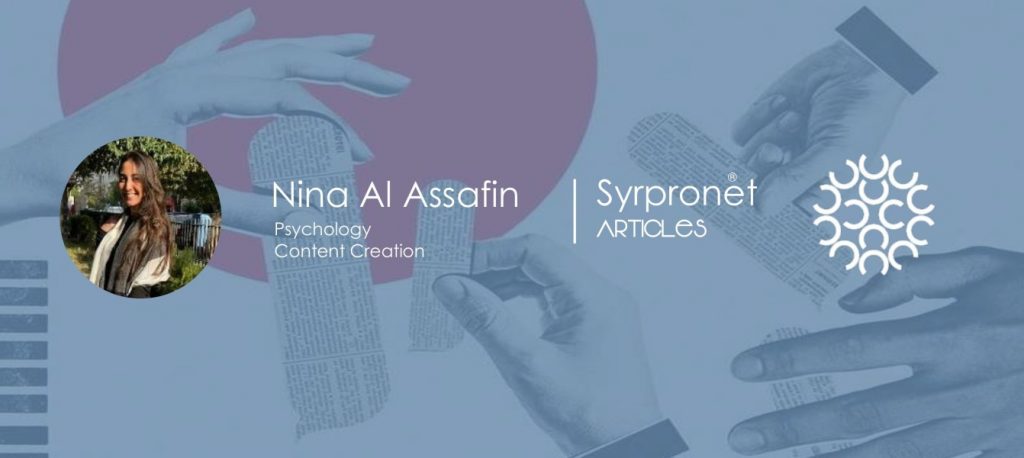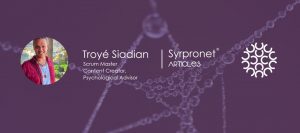How did it start
Throughout history, the definition of art has always been a matter of controversy, but the most common and broad description of art is that it is a highly diverse range of human activities; the fundamental common purpose to most art forms is the underlying intention to connect with the human emotion. In its widest form, art is considered an exploration of the human condition and a product of the individual experience. However, the term is incredibly broad and divided into numerous sub categories that lead to utilitarian, decorative, communicative, intellectual and interestingly therapeutic ends.
Art as a therapy began being used in health settings after two devastating world wars in the 20th century, this resulted many soldiers and civilians facing difficulties readjusting to life in peace time.
New approaches to treating mental illness including art therapy and group therapy emerged in the UK and USA in increasingly overstretched mental health facilities used to treat returning soldiers with post-traumatic stress disorder.
Science speaks
According to Ms. Louise Liotta, an art therapist and tutor from UQ (University Of Queensland, Brisbane, Australia); art therapy uses a variety of materials and gives you a way to express yourself not just through words but through actual art making, it’s more about the process than the quality of the final product, so it doesn’t need to be aesthetically beautiful but the ultimate goal is about what you get out of it and the meaning you make of the art in the session.
What is crucial about this kind of therapy is for people to rebuild an understanding of themselves and gain insight to hopefully repair some of their rupture either from current life or their past. It’s a triangular relationship where there is a connection between the therapist, the client and the art material.
While Research in the field of art therapy is still ongoing, many are finding that engaging in art therapy reduces stress and suggests also that art therapy may help individuals diagnosed with schizophrenia see improvement of some of their symptoms since it allows people to express feelings on any topic in practice through creative work, not only verbally using speech, it’s believed to be essentially helpful for those who feel disconnected with their own emotions.
In a study conducted by Professor Semir Zeki, chair in neuroaesthetics at University College London, participants underwent brain scans while being shown paintings by major artists. The study found that when people viewed the art they thought was most beautiful, blood flow increased by as much as 10% to the reign of the brain associated with pleasure that is equivalent to looking at a loved one.
Art is always there for you
Art is a non-verbal undertaking people have been using it for centuries, the ritual of creating a piece of art embodies the person himself, since the direct result is projected onto the paper and this what it makes art therapy a deep unconscious process. There are a variety of techniques used in art therapy such as painting, doodling, sculpting, using molding clay, making pottery and making collages.
This kind of therapy is extremely helpful nowadays to maintain mental health while the whole world is facing the consequences of coronavirus outbreak, so that art therapy could highly help to alleviate the feeling of anxiety and depression, of course used as a complement to traditional mental health treatment. The aim is to manage behaviors, process feelings, reduce anxiety, and increase self-esteem and self-discovery since creating art can actually help you acknowledge and recognize feelings that have been lurking in your subconscious.
Engaging in different kinds of art within their communities can help people defeating major challenges such as ageing and loneliness and mitigate their deep feeling of anxiety, depression and stress. Making art can be a cathartic experience that provides a sense of relief. The brain is a predictive machine that uses information about what has happened to make decisions about what we need to do next for the sake of surviving.
References:
- “ART”. MERRIAM-WEBSTERS DICTIONARY.
- American Art Therapy Association, (2013), What is art therapy?
- Movie Cultists, The why and how of art therapy.
- Brain scans reveal the power of art.
Author : Nina Al Assafin
February 5, 2022
#article.fdt.0006
Syrian Professional Network









